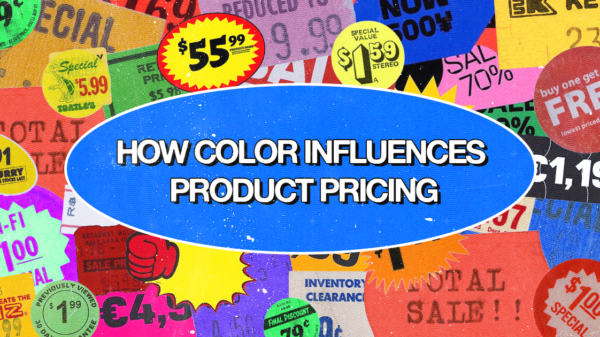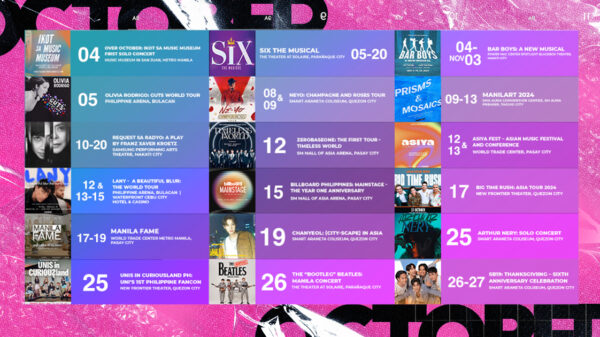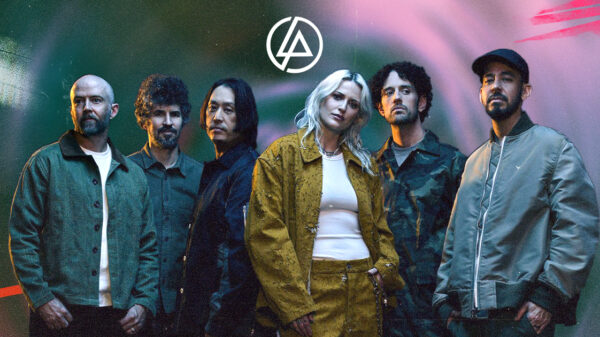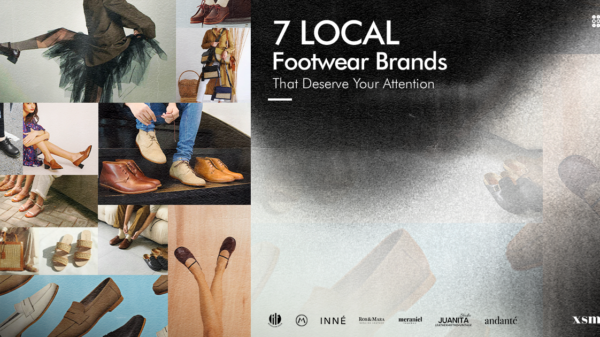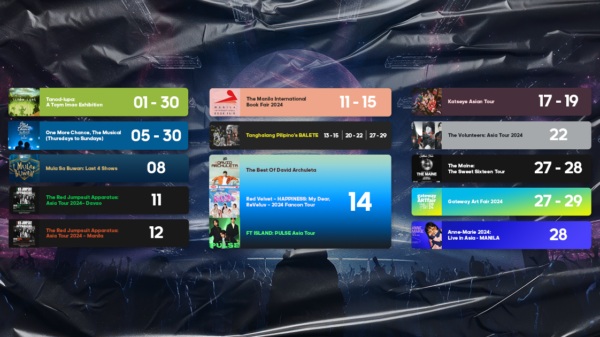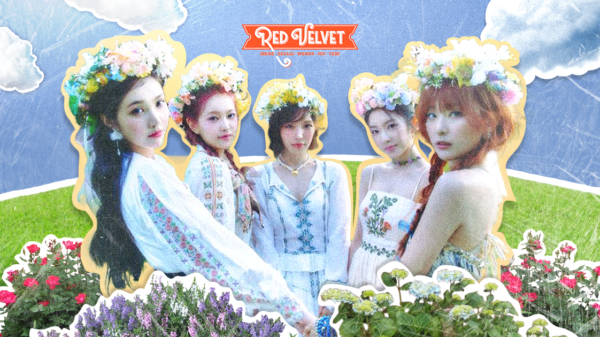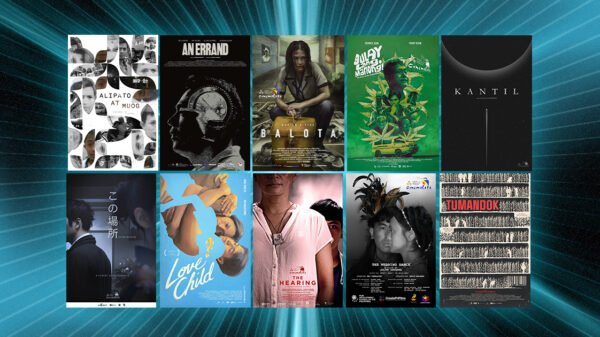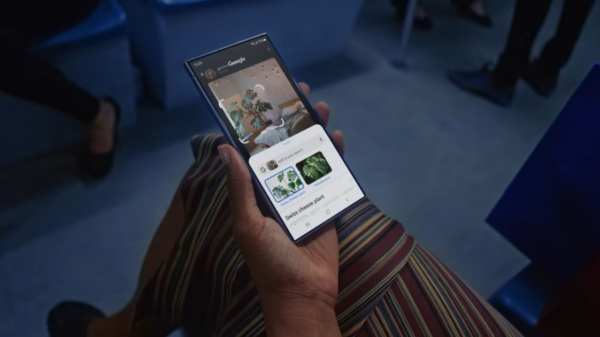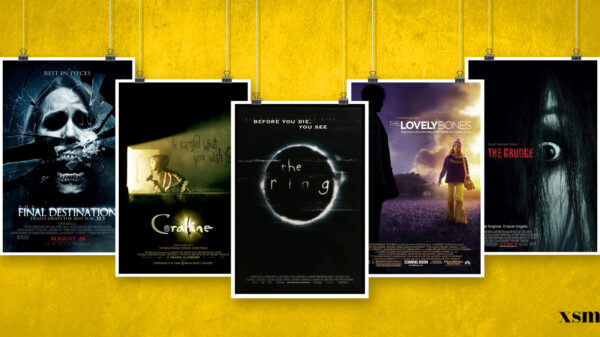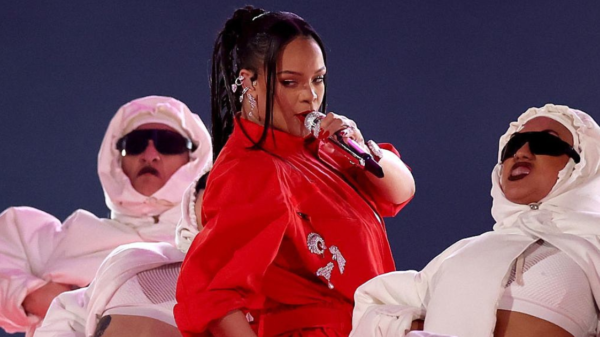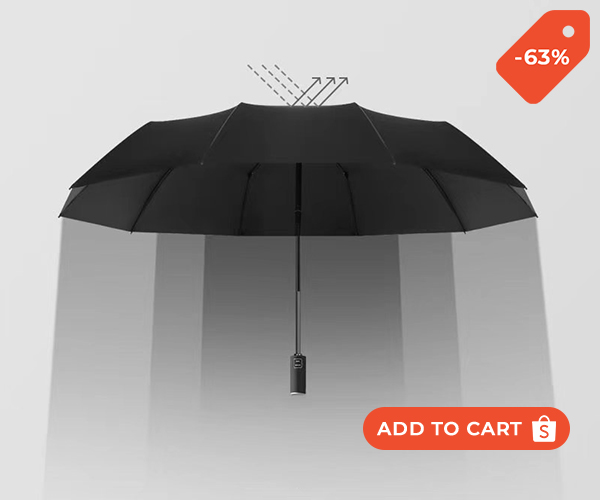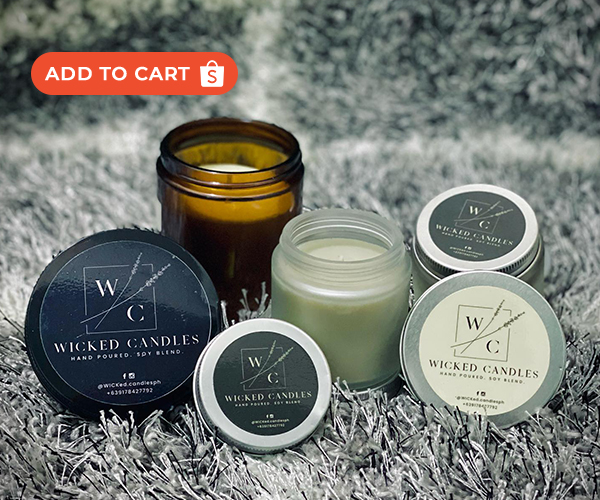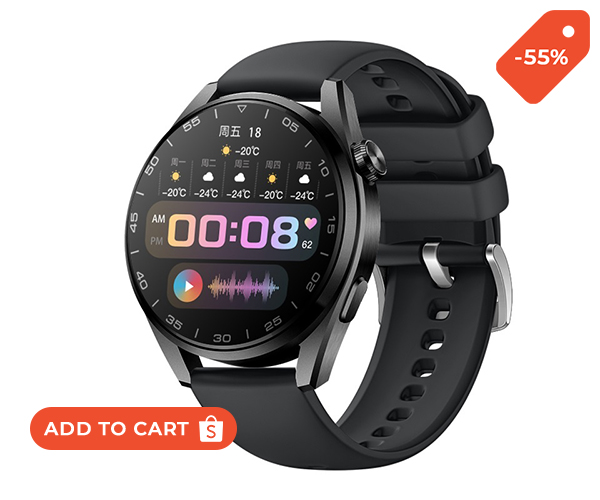
Would you ever think for a second that McDonald’s would ever be a dishwashing liquid? Or Gucci as an electric company or perhaps, Baygon as a refreshing drink?
We will give you a moment to simmer on that…
Never in your wildest imagination you would have thought of it, right? Same thoughts exactly and that’s how good a strong branding is.
Branding is the heart of every company. Branding is not just a logo. In fact, logo comprises just a little piece of the whole branding composition of a company. Branding encompasses every detail of what the company is. It is the heart and soul of every organization. An excellent branding touches the consumer’s five senses, the sense of sight, hearing, taste, smell and touch. It is called “Sensory Branding” as it engages to the audience’s five senses that helps the brain process information.
Maybe you would ask,
“I can’t taste my D&G Light Blue perfume? How does that brand appeal to my sense of taste?”
- The answer is: No, you can’t taste your perfume but you can associate that scent you wore from that dinner date with your fiancé.
- What were the words spoken to you when you wore that perfume?
- What was the ambient sound during that dinner?
- Where was the location?
Haven’t you noticed that most perfumes are often named to a city like Sicily, a flower, or a color? It is because an experience evoke to a feeling. Perfume commercials are created like that because the moment you see the first ten seconds of the advert, you already know what the brand is.
There are several reasons why we have colloquial phrases like ‘Tastes like summer’, uy…amoy Jollibee’, amoy McDo ah’, playlists like ‘The early 2000s’ or ‘Feels like 90s’ and other examples like ‘Throwback Thursdays’, ‘Langhap Sarap’ and many more because you often associate a piece of experience into it.
If you didn’t feel it, you’ll never understand it and branding is all about understanding the whole DNA of the product. It gives meaning into it and shapes the minds of the target consumers.
Although good branding is at the core of a successful business, most brand marketing advice you’ll find online or in-store just focuses on ensuring that your brand stays constantly adaptive to even further improve your initiatives.
What if your company has never had a brand, or if you’re just getting started and trying to build a company from the ground up?

Why Branding Matters: It’s Not You. It’s the Experience.
Even for a non-professional, the latter effort will not be simple. You’ll need to hire an expert at some point. However, all you need is the time, a little research, and a firm grasp of how your company operates to establish the fundamental characteristics and benefits of your brand. Here are few tips on how to start your brand:

What exactly is a brand?
A customer’s entire understanding of your company defines your brand.
“Your brand is what others say about you when you’re not in the room”
says Amazon CEO Jeff Bezos. What others think of you is solely based on your brand.



A brand image in today’s market must be consistent in its message and engagement across all applications from colors, to characters, to typeface, key messaging and tagline. The following is a list of touchpoints where you can maximize your branding:
- Storefront
- Print collateral, signage, and packaging
- Advertising on the internet
- Publication of content
- PR Relations
- Customer service and sales
- Internal communication (with employees)
Now, how easy is it to create a brand? The reality is that branding isn’t something that happens overnight, it is the continuous effort of creating campaigns and consistently executing your vision in conjunction to your brand prism.
What is a Brand Prism?
It is a diagram developed in 1986 by Jean-Noel Kapferer, a respected professor of marketing, that helps brands visualize their identity and standpoint through different slants such as personality, culture, reflection, relationship, and self-image. A properly executed brand prism enables brands to dissect and map out their identity to congruously build a story for their consumers.


Marketing strategy is unquestionably a process that needs of a plan. That is why, brand marketing campaigns often changes annually or bi-annual. On the other hand, this continuing effort will result in the development of long-term relationship with your consumers, rise in leads and revenue, as well as recommendations and endorsements for your goods or services via word-of-mouth.
Branding is not advertising. It is not marketing nor a mere logo but rather, all of these categories are just components of what branding is. To simplify, let’s dig in to this set of visuals:

Think of this simple sentence as a consumer describing your brand. In doing a marketing strategy, your goal should rely on a single key message. Think of this as your game plan. Let your consumers utter these words. This is the entry point for your business’s overall strategy to reach existing and potential customer.

In order for you to get your key message across, you will use various channels online and offline to reach your consumers and that’s where advertising comes in. Based on the overall Marketing Strategy, a good advertising campaign can help build and execute a brand’s business objective.

As part of your campaign, you have to attract attention and media mileage. This includes, KOLs (Key Opinion Leaders), online or offline media platforms to create a buzz on your campaign. As an effect it may have an organic discussion about your brand.

Simultaneously, you need to have remarkable visuals such as your logo/label, collaterals and other graphic materials in print or video.

Finally, your consumer purchased your service or product, experienced it and fully understood what your brand is all about. This will result into affinity or loyalty and will further repeat the cycle again. Based on your branding with consideration to your marketing and advertising strategies, the consumer now then fully realized what you are selling. They fully recognized what you’re offering and what your company stands for. From understanding your brand story, consumers can now relate each of their individual experiences to your brand that will result into a positive outcome and potential revenue growth to your company.
What is the best way to create a brand?
Building a new brand may be broken down into simple steps:
1. Choose your brand focus and positioning
Focus on a target niche and research as to how you can fill a gap into consumer’s hierarchy of needs. As soon as you found it, don’t stop on your research. Proper networking is also essential so you will meet people that might help you build your brand.
2. Investigate your target market as well as your competitors
Start by understanding the existing market, including who is your target demographic and competitors. Make a diagram about their psychographics and behavior, age bracket, location and ethnicity.
Other ways you could possibly run a thorough research to:
- Talk to individuals in your intended market and find out which brands they use in your industry.
- Have a thorough market research. Check who is dominating your industry, learn on how they’re doing it and innovate yours.
- Use social media listening tools, hashtag tracking and competitor analysis applications.
- Go shopping and engage in the whole experience whether online or in-person, to understand how your consumers would look for and purchase goods.
- Examine the social media profiles or sites that your primary demographic follows and responds to.
3. Choose a name for your company
A brand is much more than a name, as we’ve already said. Your brand identity’s personality, activities, and reputation are the things that make your company’s name significant. However, as a starting brand owner, deciding on a brand name is like picking a name for your child. The name you have chosen will be with you as long as it could. It will be often associated with you, from government forms, domain names, email, business card, trademark, social media pages and media interviews.
Choose a unique name that resonates you and your business. In that way, no one can replicate it. Get to a point that it would be flattering if someone’s imitating your brand name and creating knock offs out of it but of course, legal implications should come into play afterwards.
How to choose brand name studies:
- Use a seemingly unrelated word, such as Apple for computers, Equal for sugar or Bench for clothing.
- Use a word or metaphor that is suggestive, like Pandora, Yahoo! and Starbucks.
- Telling it as it is like The Manor and The Manila Hotel.
- Make up a new term, such as Xerox, Accenture, Sony.
- Remove letters, add letters, or use Latin ends to change a word, such as Tumblr and Flickr.
- Make an acronym out of a lengthier term, such as HBO (Home Box Office), CNBC (Consumer News and Business Channel), Meralco (Manila Electric Company), Trinoma (Triangle North of Manila) and MTV (Music Television).
- Combine words like Netflix, Instagram and Facebook.
Do you want to learn more?
You can download the XS Multimedia Ebook ‘Branding is Fuckin’ Simple’ here




